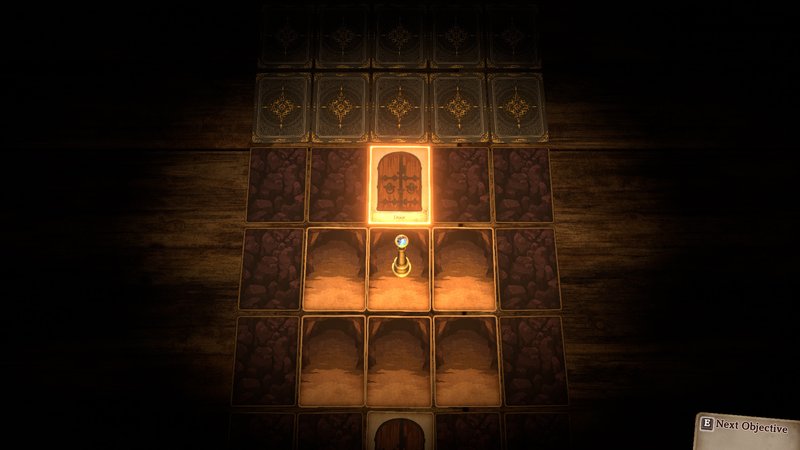Review: Voice of Cards: The Isle Dragon Roars
Voice of Cards: The Isle Dragon Roars - A Rather Peculiar Exercise in Digital Card-Based Storytelling
As I settle into my leather wingback chair, adjusting my vintage fountain pen to take notes, I find myself contemplating Square Enix’s rather curious foray into the realm of card-based narrative experiences.
Aesthetic Considerations and Production Values
Voice of Cards: The Isle Dragon Roars presents itself with a certain artistic dignity that, while not reaching the baroque complexity of more sophisticated titles in the genre, maintains a consistent and rather pleasing aesthetic sensibility. The card designs showcase a delightful marriage of form and function, with ornate borders framing carefully crafted artwork that wouldn’t look entirely out of place in one’s private collection.

The atmospheric presentation, complete with a weathered wooden table surface and ambient lighting effects, creates what one might charitably call a ‘cozy’ gaming environment. Though I must note, while taking detailed notes with my Montblanc fountain pen, that the visual repetition in certain elements betrays a somewhat limited artistic palette.
Mechanical Depth and Strategic Considerations
Contrary to what one might expect from a title bearing the word ‘cards’ in its name, this is less a proper deckbuilding experience and more an RPG masquerading in card-based vestments. The mechanical systems, while functional, lack the sophisticated depth found in more prestigious titles such as Slay the Spire or the criminally underappreciated Steamworld Quest.

The combat system employs a rather rudimentary approach to strategic decision-making, with a gem-based resource system that, while novel in concept, fails to reach the heights of tactical complexity one might hope for in a premium offering.
Spatial Navigation and Environment Design
The board game-inspired movement system presents an interesting, if somewhat superficial, take on spatial navigation. The ability to traverse previously explored territories with remarkable efficiency is a welcome quality-of-life feature, though it somewhat diminishes the intended challenge of dungeon exploration.

The environmental design, while aesthetically pleasing, rarely transcends its decorative function to present meaningful strategic considerations.
Combat Mechanics and Probability Elements
The integration of dice-rolling mechanics adds an element of probability management that, while intriguing in theory, fails to achieve the sophisticated depth found in more academically rigorous titles. The status effects and conditional triggers show promise but ultimately feel rather pedestrian in their implementation.

Final Musings
Voice of Cards: The Isle Dragon Roars presents itself as a curious experiment in digital tabletop gaming that, while maintaining a certain charm, falls short of true excellence. The production values are commendable, and the narrative presentation has its moments of distinction, but the overall experience lacks the mechanical sophistication one expects from a premium title in the contemporary gaming landscape.
While it may provide adequate entertainment for those seeking a more casual card-based experience, serious enthusiasts of the genre might find themselves yearning for something with more substantial strategic depth. As I close my notebook and cap my fountain pen, I can’t help but feel this is a title that prioritized style over mechanical substance.
Review composed while enjoying a perfectly steeped Earl Grey tea from my private reserve.
Notable Aspects:
- Elegant aesthetic presentation
- Atmospheric sound design
- Accessible gameplay mechanics
Areas for Improvement:
- Limited strategic depth
- Repetitive combat encounters
- Underutilized card-based mechanics
For Consideration: Best approached as a narrative experience with card-based elements rather than a true deckbuilding title.
Score
Overall Score: 6/10
Developer: Square Enix
Release Date: Oct 28, 2021
Steam Page: Voice of Cards: The Isle Dragon Roars